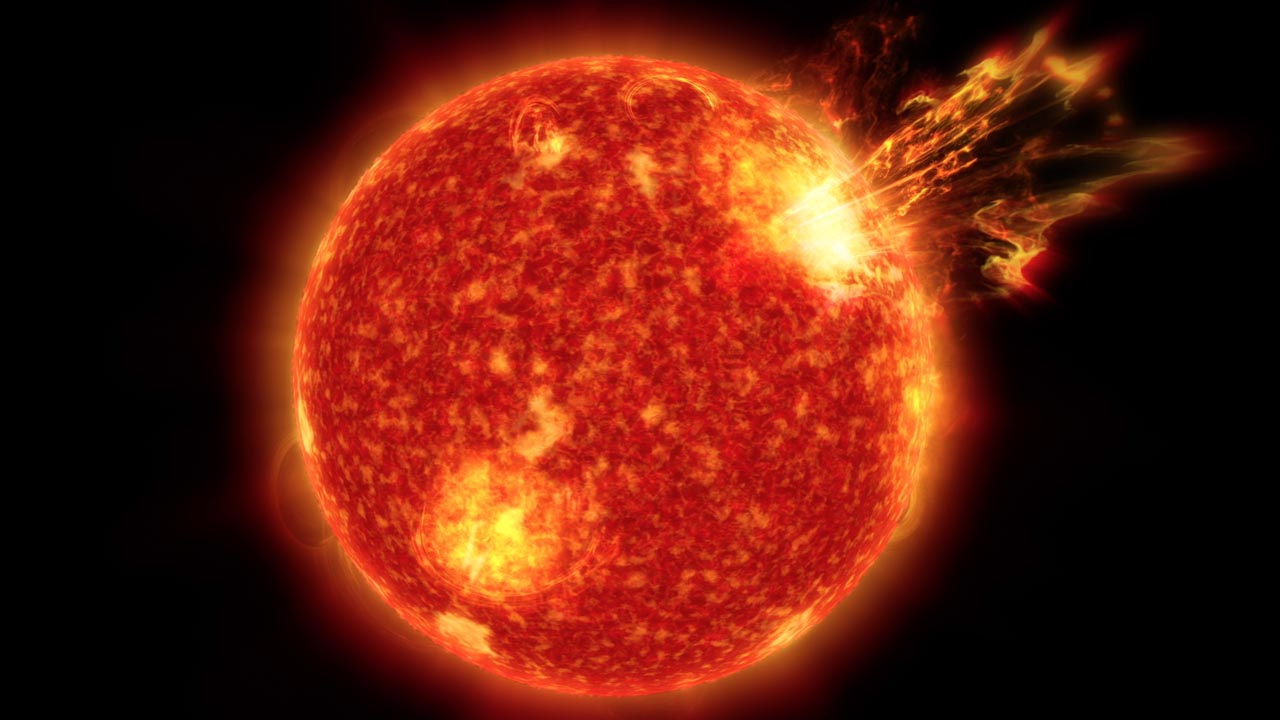
'X'-class solar flare to hit Earth's atmosphere; can impact GPS, mobile signal
NASA informed that a high-speed solar flare is set to the Earth's magnetic field today, which could disrupt GPS services and mobile signals.

A solar storm at a whopping speed 1.6 million km per hour is expected to hit Earth’s magnetic field today, potentially affecting electric supply and GPS, according to the National Aeronautics and Space Administration (NASA).
A solar flare is a massive explosion on the sun’s surface releasing energy, light and high-speed particles into space.
First detected on July 3, the solar flare which sapceweather.com says can travel at a speed of 500 km/second. It originates from the equatorial hole in the sun’s atmosphere. Even though the chances of geomagnetic storms are dire, certain geomagnetic unrest could cause auroras in the higher latitudes.
New Region 2838 produced an impulsive X1 flare (R3 – Strong Radio Blackout) at 14:29 UTC on 03 July. pic.twitter.com/k7qx86G8Hg
— NOAA Space Weather (@NWSSWPC) July 3, 2021
The satellites in the exosphere (outmost layer of Earth’s atmosphere) will possibly be affected by the approaching flares, which would adversely impact GPS navigation, mobile phone signal and satellite TV. Power grids are also at a risk.

The storm can potentially cause high-frequency radio communication to a blackout for almost an hour in a large area, according to the incites of the Space Weather Prediction Centre of the USA. The Centre has designated the solar flares at the X1 level, X being the classification and 1 being the strength of the flare in numerical terms.
Also read: This is how NASA plans to bring back a bit of Mars to Earth
NASA classified solar flares in five classes: A, B, C, M and X. A being the lowest and X the highest. So, the solar flare that is likely to hit our planet’s magnetic field today is predicted to be a big flare.

